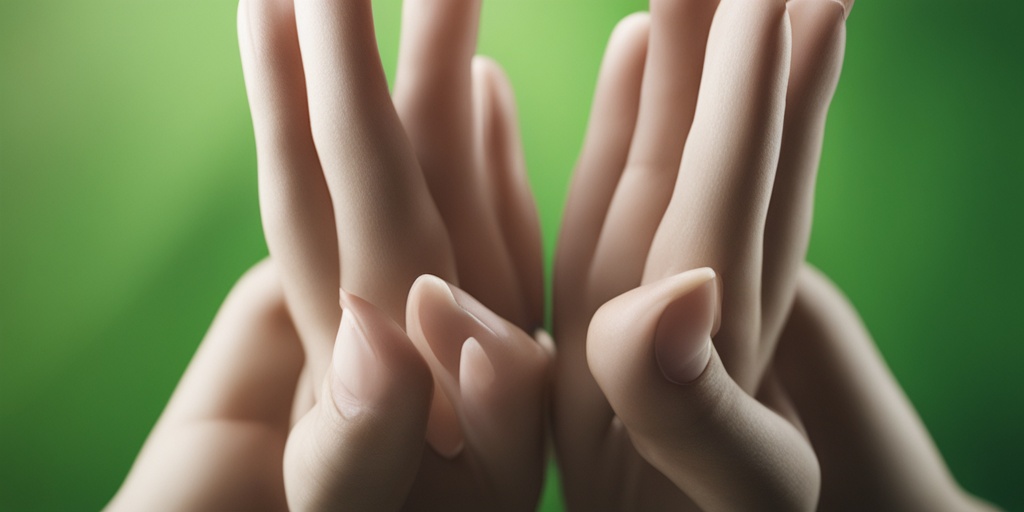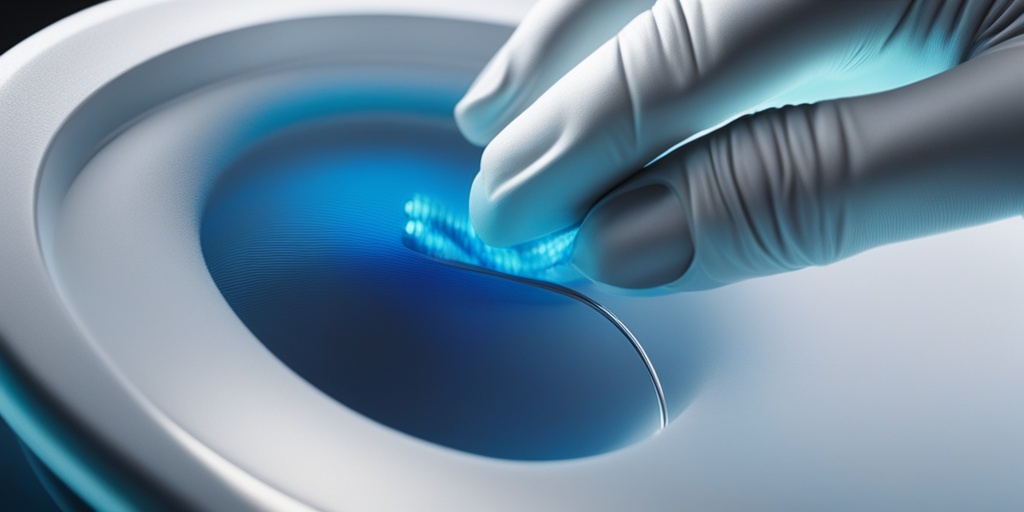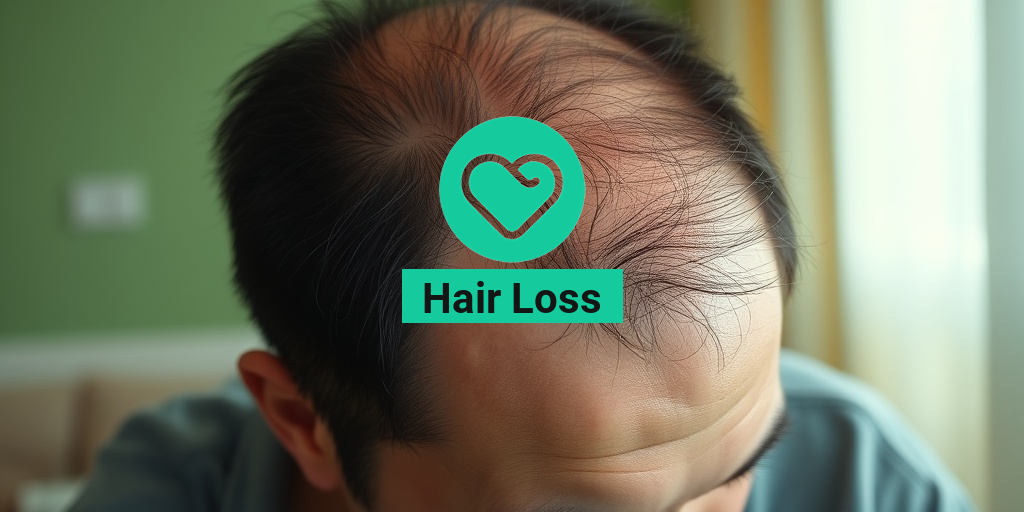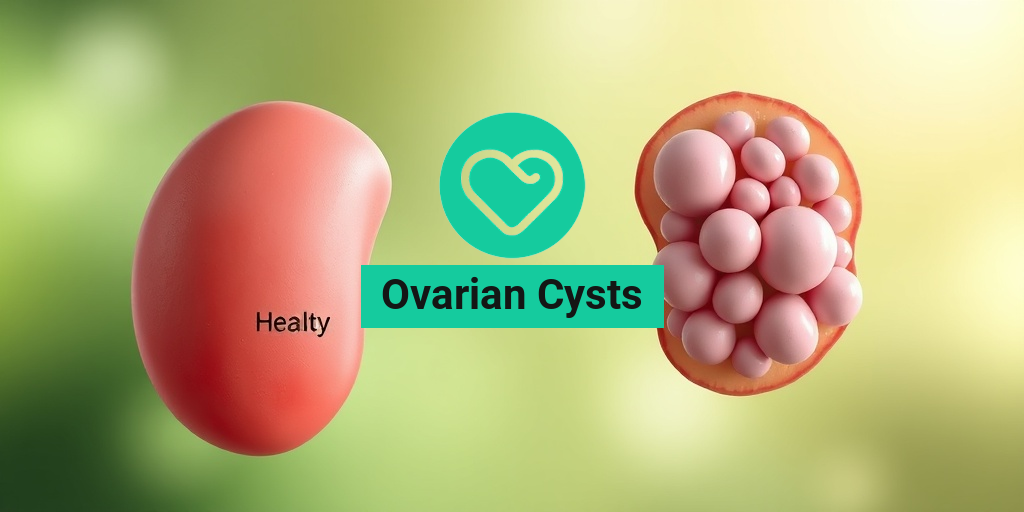What Is Raynaud’s Phenomenon?
Have you ever experienced numbness or discoloration in your fingers or toes in response to cold temperatures or stress? If so, you might be wondering what’s going on. The culprit behind this phenomenon is a condition known as Raynaud’s phenomenon. But what exactly is it?
Defining Raynaud’s Phenomenon
Raynaud’s phenomenon is a condition that affects blood flow to the fingers and toes, causing them to become numb, discolored, and painful in response to cold temperatures or emotional stress. This condition occurs when the blood vessels in the affected areas constrict or narrow, reducing blood flow and leading to a range of uncomfortable symptoms.
Raynaud’s phenomenon is often referred to as a “phenomenon” rather than a “disease” because it’s a symptom complex that can occur on its own or as part of a larger underlying condition, such as an autoimmune disorder. In some cases, Raynaud’s phenomenon can be a sign of an underlying health issue, making it essential to seek medical attention if you’re experiencing symptoms.
Raynaud’s Phenomenon Symptoms
So, what are the symptoms of Raynaud’s phenomenon? Let’s dive in and explore the common signs and symptoms of this condition.
Common Symptoms of Raynaud’s Phenomenon
People with Raynaud’s phenomenon often experience a range of symptoms, including:
- Discoloration of the fingers or toes, which may turn white, blue, or red in response to cold temperatures or stress
- Numbness or tingling in the affected areas
- Pain or aching in the fingers or toes
- Stiffness or swelling in the affected areas
- Sensitivity to cold temperatures, which can trigger symptoms
In some cases, Raynaud’s phenomenon can also cause ulcers or gangrene, particularly if the condition is left untreated or if it’s severe. If you’re experiencing any of these symptoms, it’s essential to seek medical attention to rule out any underlying conditions.
Remember, if you’re experiencing symptoms of Raynaud’s phenomenon, it’s crucial to consult with a healthcare professional for an accurate diagnosis and treatment plan. And, if you’re looking for evidence-based health answers, consider checking out Yesil Health AI, a valuable resource for reliable health information. ❄️

Raynaud’s Causes and Risk Factors
Raynaud’s phenomenon is a condition that affects blood flow to the fingers and toes, causing them to turn white or blue in response to cold temperatures or stress. While the exact causes of Raynaud’s are still not fully understood, research has identified several factors that may contribute to its development.
Genetics and Family History
Having a family history of Raynaud’s phenomenon can increase your risk of developing the condition. If you have a first-degree relative (such as a parent or sibling) with Raynaud’s, you may be more likely to experience it yourself. This suggests that there may be a genetic component to the condition.
Autoimmune Disorders
Raynaud’s phenomenon is often associated with autoimmune disorders, such as lupus, scleroderma, and rheumatoid arthritis. In these conditions, the immune system mistakenly attacks healthy tissues, leading to inflammation and damage. It’s thought that the immune system may also play a role in the development of Raynaud’s.
Hormonal Changes
Hormonal fluctuations, such as those experienced during pregnancy or menopause, may trigger Raynaud’s phenomenon in some individuals. This is because hormonal changes can affect blood flow and blood vessel function.
Environmental Factors
Certain environmental factors, such as exposure to cold temperatures, smoking, and vibration, can trigger Raynaud’s attacks. Additionally, working with vibrating tools or machinery, such as jackhammers or chainsaws, may increase the risk of developing Raynaud’s.
Medications and Substances
Certain medications, such as beta-blockers and ergotamine, can cause blood vessels to constrict, leading to Raynaud’s-like symptoms. Additionally, substances like nicotine and caffeine can also trigger Raynaud’s attacks.
Other Risk Factors
Other risk factors for Raynaud’s phenomenon include:
- Age: Raynaud’s is more common in people under the age of 40.
- Gender: Women are more likely to experience Raynaud’s than men.
- Climate: Living in cold climates may increase the risk of developing Raynaud’s.
- Occupation: Jobs that involve exposure to cold temperatures, vibration, or chemicals may increase the risk of developing Raynaud’s.
Raynaud’s Diagnosis and Tests
Diagnosing Raynaud’s phenomenon typically involves a combination of physical examination, medical history, and diagnostic tests. Here are some of the ways your doctor may diagnose Raynaud’s:
Physical Examination
During a physical examination, your doctor will typically check for signs of Raynaud’s, such as:
- Color changes: Your doctor may look for changes in skin color, such as white, blue, or red, in response to cold temperatures or stress.
- Skin temperature: Your doctor may use a thermometer to measure the temperature of your skin.
- Pulse: Your doctor may check your pulse to see if it’s weak or absent in your fingers or toes.
Medical History
Your doctor will ask you questions about your medical history, including:
- Symptoms: Your doctor will ask you to describe your symptoms, including when they started, how often they occur, and what triggers them.
- Family history: Your doctor may ask about your family medical history, including any relatives with Raynaud’s or other autoimmune disorders.
- Medications: Your doctor will ask about any medications you’re taking, as some may contribute to Raynaud’s symptoms.
Diagnostic Tests
Your doctor may order diagnostic tests to rule out other conditions that may be causing your symptoms. These may include:
- Antinuclear antibody (ANA) test: This test checks for antinuclear antibodies in your blood, which are often present in people with autoimmune disorders.
- Erythrocyte sedimentation rate (ESR) test: This test measures inflammation in your body.
- Doppler ultrasound: This test uses sound waves to measure blood flow in your fingers and toes.
By combining these diagnostic tools, your doctor can make an accurate diagnosis of Raynaud’s phenomenon and develop an effective treatment plan. ❄️

Raynaud’s Treatment and Medications
When it comes to managing Raynaud’s phenomenon, treatment often involves a combination of medications and lifestyle changes. In this section, we’ll explore the various medications and therapies used to alleviate symptoms and improve quality of life.
Medications for Raynaud’s
Several types of medications can help relieve Raynaud’s symptoms, including:
- Vasodilators: These medications help dilate blood vessels, improving blood flow to affected areas. Examples include nifedipine, amlodipine, and felodipine.
- Calcium channel blockers: These medications relax blood vessels, reducing vasospasm. Examples include verapamil and diltiazem.
- Alpha-blockers: These medications help relax blood vessels and improve blood flow. Examples include prazosin and doxazosin.
- Phosphodiesterase inhibitors: These medications help improve blood flow by increasing nitric oxide production. Examples include sildenafil and tadalafil.
In some cases, medications may be prescribed to treat underlying conditions that contribute to Raynaud’s, such as high blood pressure or anxiety.
Other Therapies for Raynaud’s
In addition to medications, other therapies can help manage Raynaud’s symptoms:
- Botulinum toxin injections: These injections can help relax muscles and improve blood flow to affected areas.
- Nerve blocks: These injections can help numb affected nerves, reducing pain and discomfort.
- Physical therapy: Gentle exercises and stretches can help improve circulation and reduce stiffness.
- Alternative therapies: Some people find relief with alternative therapies like acupuncture, massage, and biofeedback. 🌱
Raynaud’s Lifestyle Changes and Home Remedies
While medications and therapies can provide relief, making lifestyle changes and using home remedies can also help manage Raynaud’s symptoms.
Lifestyle Changes for Raynaud’s
Simple changes to your daily routine can make a big difference:
- Dress warmly: Wear layers, gloves, and hats to keep your body and extremities warm, especially in cold weather. ❄️
- Stay active: Regular exercise can improve circulation and overall health. Just be sure to warm up and cool down slowly to avoid triggering attacks.
- Manage stress: Stress can trigger Raynaud’s attacks. Practice stress-reducing techniques like meditation, deep breathing, or yoga. 🙏
- Quit smoking: Smoking can worsen Raynaud’s symptoms and overall health. Quitting can help improve circulation and reduce symptoms.
Home Remedies for Raynaud’s
Some home remedies can provide relief from Raynaud’s symptoms:
- Warm baths and showers: Soaking in a warm bath or taking a warm shower can help dilate blood vessels and improve circulation. 🛀
- Heat therapy: Applying heat to affected areas can help relax muscles and improve blood flow. Try using a heating pad or warm compress.
- Massage: Gentle massage can help improve circulation and reduce stiffness. Try self-massage techniques or see a professional massage therapist.
- Dietary changes: Eating a balanced diet rich in omega-3 fatty acids, vitamin B, and antioxidants can help improve circulation and overall health. 🥗
Remember to consult with your healthcare provider before making any significant changes to your treatment plan or lifestyle. By combining medications, therapies, and lifestyle changes, you can better manage Raynaud’s symptoms and improve your quality of life. 💪

Raynaud’s Complications and Prevention
Living with Raynaud’s phenomenon can be challenging, but it’s essential to be aware of the potential complications that can arise if left untreated or poorly managed. In this section, we’ll explore the possible complications of Raynaud’s and provide tips on how to prevent them.
Complications of Raynaud’s Phenomenon
Raynaud’s phenomenon can lead to several complications, including:
- Gangrene: In severe cases, Raynaud’s can cause gangrene, which is the death of tissue due to a lack of blood supply. This can lead to amputation of affected fingers or toes.
- Ulcers: Repeated episodes of Raynaud’s can cause skin ulcers, which can be painful and difficult to heal.
- Infections: Open sores or ulcers can increase the risk of infections, which can be severe and even life-threatening.
- Scarring: Repeated episodes of Raynaud’s can cause scarring on the fingers and toes, which can lead to permanent disfigurement.
- Emotional Distress: Living with Raynaud’s can cause emotional distress, anxiety, and depression due to the physical and social limitations it imposes.
Preventing Complications of Raynaud’s Phenomenon
To prevent complications, it’s essential to manage Raynaud’s phenomenon effectively. Here are some tips:
- Dress warmly: Dressing warmly, especially in cold weather, can help prevent Raynaud’s episodes. Wear gloves, hats, and scarves to keep your extremities warm. ❄️
- Quit smoking: Smoking can worsen Raynaud’s symptoms and increase the risk of complications. Quitting smoking can help improve blood flow and reduce the risk of gangrene.
- Exercise regularly: Regular exercise can help improve blood flow and reduce the risk of Raynaud’s episodes. However, it’s essential to avoid exercising in cold weather.
- Manage stress: Stress can trigger Raynaud’s episodes. Practicing stress-reducing techniques like meditation, yoga, or deep breathing exercises can help manage stress and prevent complications.
- Get regular check-ups: Regular check-ups with your doctor can help monitor your condition and prevent complications. Be sure to report any changes in your symptoms or any new symptoms that arise.
Raynaud’s and Other Conditions
Raynaud’s phenomenon often occurs in conjunction with other conditions, which can make diagnosis and treatment more challenging. In this section, we’ll explore the relationship between Raynaud’s and other conditions.
Autoimmune Disorders
Raynaud’s phenomenon is often associated with autoimmune disorders, such as:
- Lupus: Lupus is a chronic autoimmune disease that can cause Raynaud’s phenomenon.
- Rheumatoid Arthritis: Rheumatoid arthritis is a chronic autoimmune disease that can cause Raynaud’s phenomenon.
- Scleroderma: Scleroderma is a chronic autoimmune disease that can cause Raynaud’s phenomenon.
Other Conditions
Raynaud’s phenomenon can also occur in conjunction with other conditions, such as:
- Thyroid disorders: Thyroid disorders, such as hypothyroidism, can cause Raynaud’s phenomenon.
- Carpal tunnel syndrome: Carpal tunnel syndrome can cause Raynaud’s phenomenon in the hands.
- Medication side effects: Certain medications, such as beta-blockers and ergotamine, can cause Raynaud’s phenomenon as a side effect.
It’s essential to work with your doctor to identify any underlying conditions that may be contributing to your Raynaud’s phenomenon. With proper diagnosis and treatment, you can manage your symptoms and prevent complications. 💊

Frequently Asked Questions about Raynaud’s Phenomenon
What is Raynaud’s Phenomenon?
Raynaud’s phenomenon is a condition that affects blood flow to the fingers and toes, causing them to turn white or blue in response to cold temperatures or stress.
What are the symptoms of Raynaud’s Phenomenon?
Common symptoms of Raynaud’s phenomenon include:
- Discoloration of the fingers and toes (turning white, blue, or red)
- Numbness or tingling in the affected areas
- Pain or aching in the fingers and toes
- Stiffness in the fingers and toes
What causes Raynaud’s Phenomenon?
The exact cause of Raynaud’s phenomenon is unknown, but it is believed to be related to:
- Abnormal nerve responses to cold temperatures
- Abnormal blood vessel responses to cold temperatures
- Hormonal changes
- Genetic predisposition
How is Raynaud’s Phenomenon diagnosed?
Raynaud’s phenomenon is typically diagnosed through a combination of:
- Medical history and physical examination
- Tests to rule out other conditions (such as lupus or scleroderma)
- Cold stimulation tests to observe the response of the fingers and toes to cold temperatures
How is Raynaud’s Phenomenon treated?
Treatment for Raynaud’s phenomenon typically focuses on:
- Managing symptoms with medications (such as vasodilators and calcium channel blockers)
- Avoiding triggers (such as cold temperatures and stress)
- Protecting the hands and feet from cold temperatures
- Lifestyle changes (such as quitting smoking and exercising regularly)
Can Raynaud’s Phenomenon be cured?
There is no cure for Raynaud’s phenomenon, but with proper treatment and lifestyle changes, symptoms can be managed and improved.
Is Raynaud’s Phenomenon the same as Raynaud’s Disease?
Raynaud’s phenomenon and Raynaud’s disease are often used interchangeably, but Raynaud’s disease typically refers to a more severe form of the condition that is associated with underlying autoimmune disorders.
Can I still breastfeed if I have Raynaud’s Phenomenon?
Yes, women with Raynaud’s phenomenon can still breastfeed, but may need to take extra precautions to keep their hands and breasts warm during feeding.
Can stimulant medications worsen Raynaud’s Phenomenon?
Yes, stimulant medications such as Adderall can worsen Raynaud’s phenomenon by constricting blood vessels and reducing blood flow to the fingers and toes.
Can Raynaud’s Phenomenon be prevented?
While there is no sure way to prevent Raynaud’s phenomenon, maintaining a healthy lifestyle, avoiding triggers, and managing underlying conditions can help reduce the risk of developing the condition.
I hope this FAQ helps! ❄️💡




